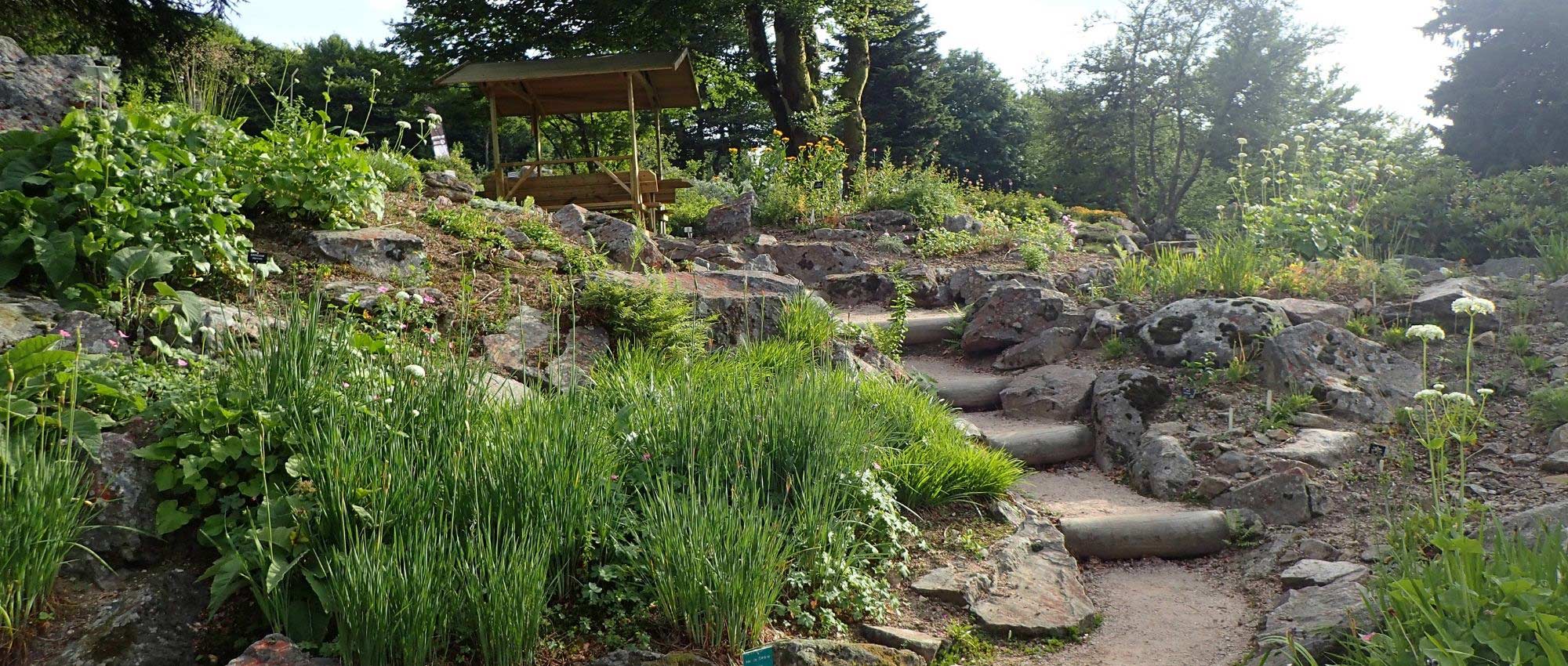
Create a rockery: our tips to get it right
How to lay it out, choose plants and plant them
Contents
Rock gardens are predominantly mineral features, ideal for dressing a slope or bank and for growing small plants that thrive in free-draining substrates: houseleeks, sedums, aromatic plants, helichrysum, santolina, euphorbias… Rock gardens are also perfect for alpine perennials and for plants for seaside gardens. They are ideal for showcasing delicate, small plants! You can create different types of rock gardens depending on whether you site them in full sun or shade, and on the plants you choose to grow in them. Designing a rock garden is a fun activity that calls for a little creativity to place stones in the right spots and create a harmonious, aesthetic and natural effect.
Discover all our tips to succeed in creating a rock garden in the garden: where to site it, how to build it, which plants to use and how to grow them?
Choosing the right location for a rockery
Rockeries are more often created in full sun, with small plants adapted to heat and drought. Similarly, rockeries are usually raised above the rest of the garden, as this improves drainage while better showcasing small plants. You can create your rockery on a mound, a bank… and if you have a south-facing slope, the spot will be perfect for a rockery!
However, even though sunlit rockeries are more common, it is also possible to create a shaded rockery, for example in woodland, in a relatively cool spot. This type of rockery will have a natural, restorative feel.
Read also
10 plants to create a shady rockeryPreparing the ground
- Find an ideal spot, and if necessary create a mound to raise the rockery.
- Add draining materials (gravel, stones, coarse sand…), mixing them into the soil to improve water infiltration.
- Then position a few large stones to achieve an attractive look. They will also help to hold back soil and stabilise the mound or slope you have created. Place the largest stones towards the bottom of the rockery and the smaller ones nearer the top. Make sure they are well wedged so they do not move over time.
- Create pockets between the stones — spaces where you can plant — filling them with a draining substrate (soil mixed with gravel or coarse sand).
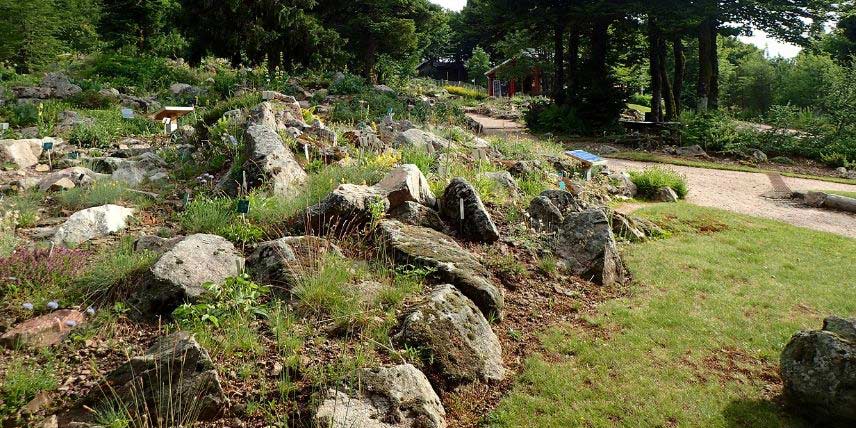
A rockery in the Haut-Chitelet high-altitude garden in the Vosges, France
Discover other Rockery perennials
View all →Available in 0 sizes
Available in 0 sizes
Available in 1 sizes
Available in 1 sizes
Available in 0 sizes
Available in 0 sizes
Available in 1 sizes
Available in 0 sizes
Available in 0 sizes
Choosing the right plants for a rock garden
If your rockery is in full sun, choose plants for dry, warm soil, not demanding in mineral nutrients. Think, for example, of sedums, houseleeks, eryngiums, helianthemums, Iberis, santolina… Mainly choose fairly small plants that grow as tapetum or cushions. In the background, you can possibly place a few small bushes or undershrubs, which will give some height and volume to the whole (dwarf conifers, lavender, rockrose…). For a very natural look, consider creating a rockery of alpine plants, with perennials that naturally grow in mountains!
If your rockery is in shade, we recommend choosing ferns, hostas, saxifrages, corydalis… plants better suited to cool, shaded spots.
→ Discover our advice sheets on ideal plants for a sunny rockery or for a shaded rockery!
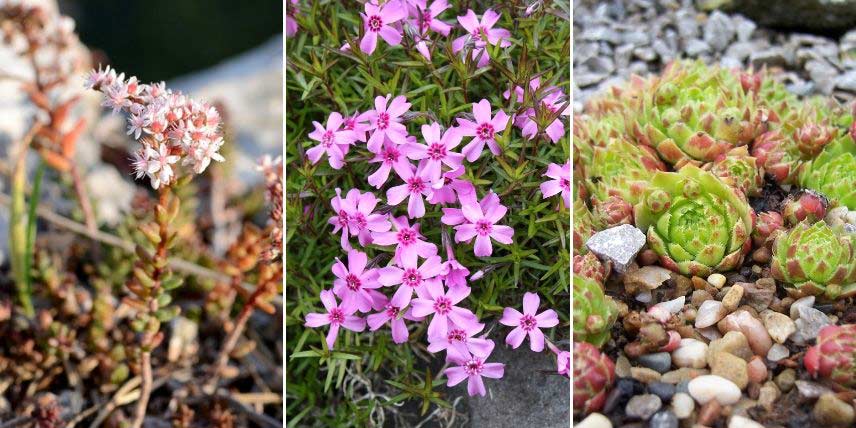
Some examples of rockery plants: Sedum album (photo Radio Tonreg), Phlox subulata (photo Anneli Salo), and Sempervivum soboliferum (photo Stephen Boisvert)
Read also
15 plants for a sunny rockeryPlanting in a rock garden
- Choose a spot in your rock garden between the stones.
- Dig a small planting hole, and mix a little coarse sand into the growing medium to improve drainage.
- Remove the plant from its pot, then plant it and replace the growing medium around it.
- Water.
- We recommend adding a layer of mineral mulch (gravel, pumice…) : this will limit weed growth while favouring better infiltration of water into the soil, thus preventing moisture from stagnating at the collar of your plants and causing them to rot.
It is best to remain attentive in the weeks following planting, and give a few waterings if necessary. Afterwards, rock garden plants generally require little maintenance. Most are fairly drought-tolerant and do not really need fertiliser.
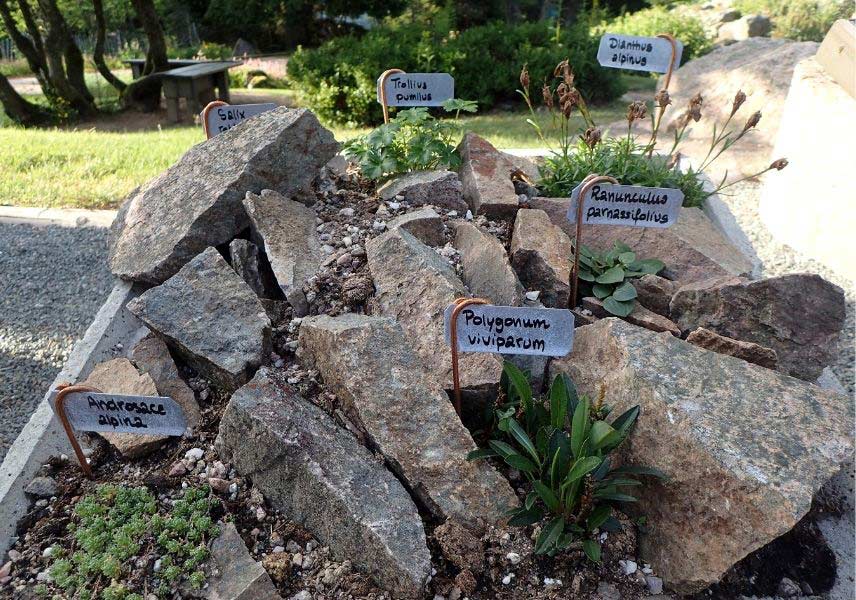
An original example of a miniature rock garden, hosting very small plants, at the Haut-Chitelet high-altitude garden (France)
- Subscribe!
- Contents
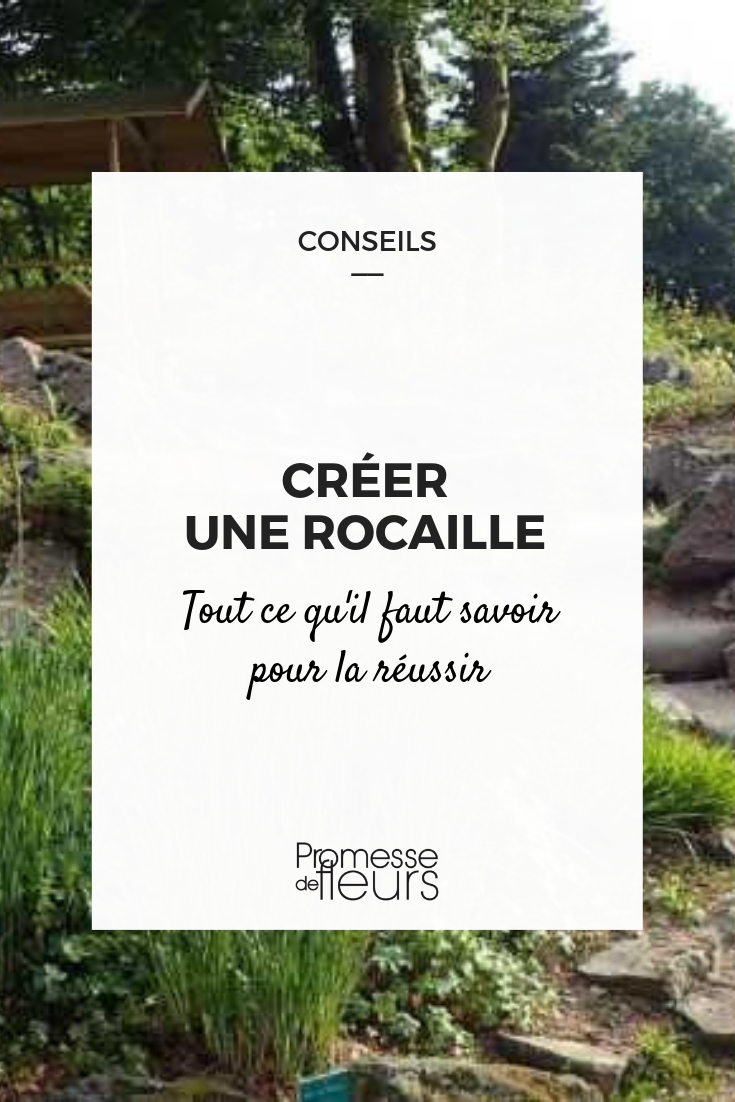
































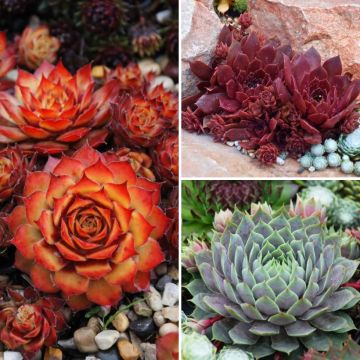
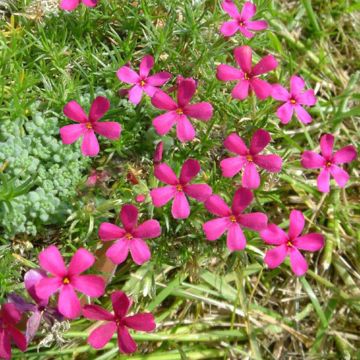
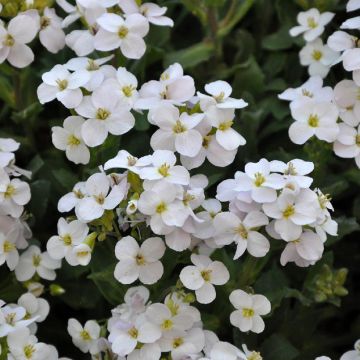
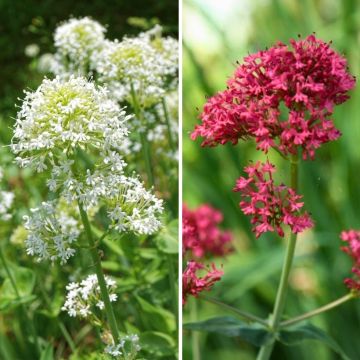
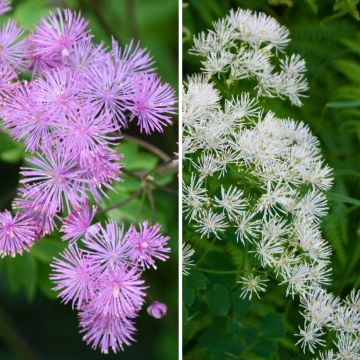

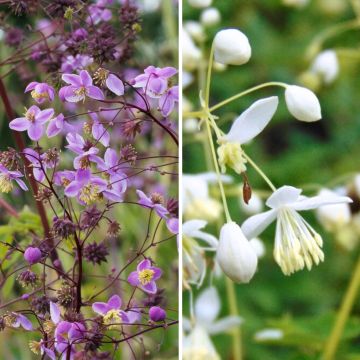
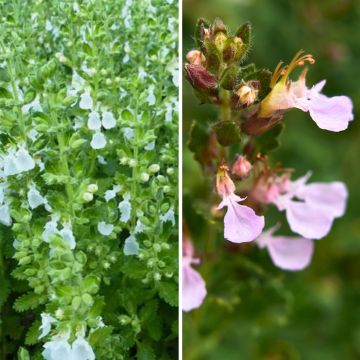
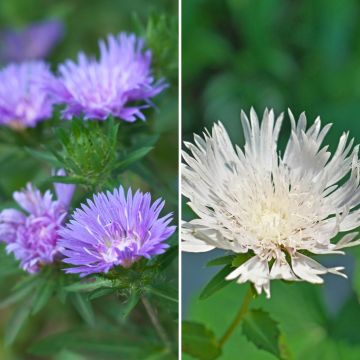
Comments